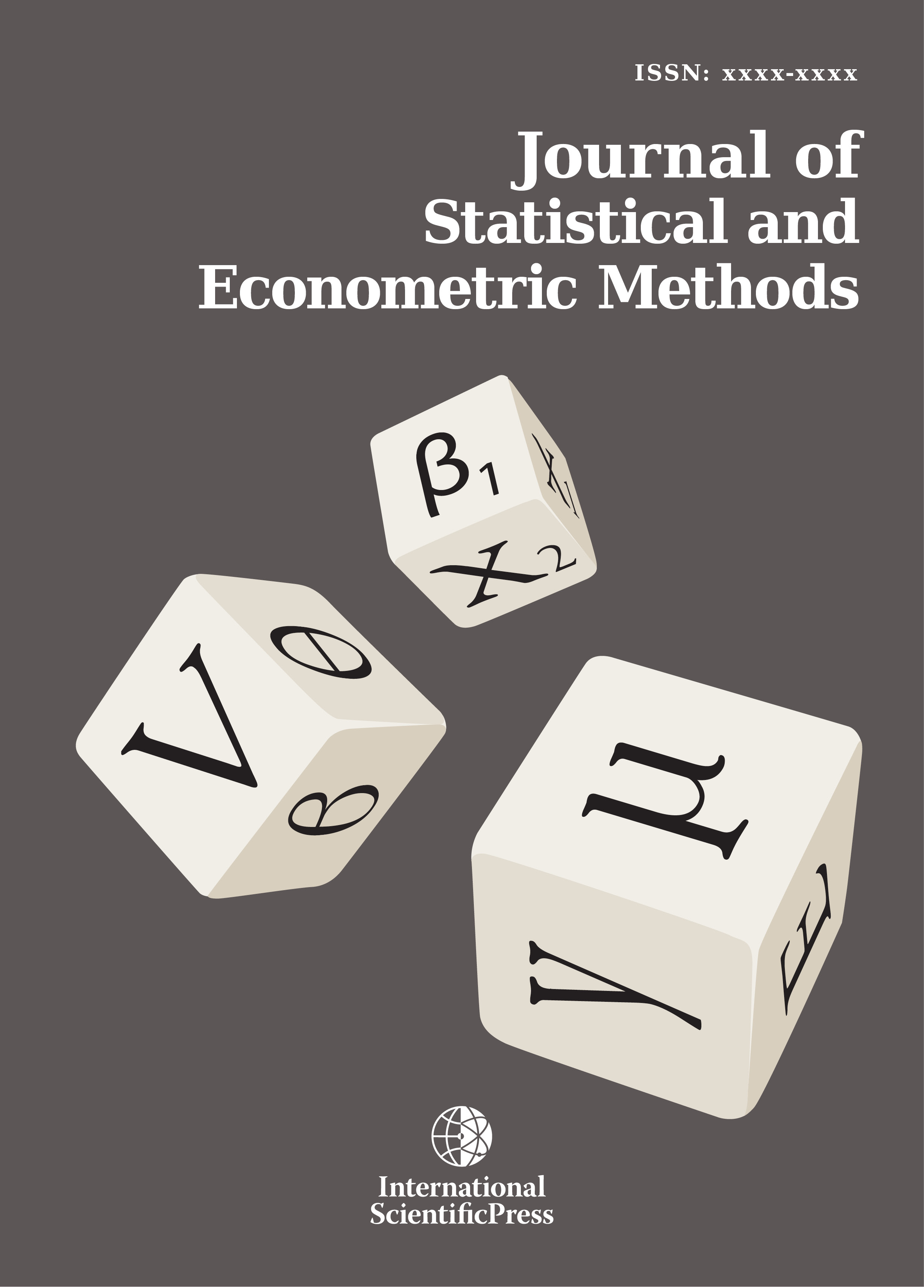Journal of Statistical and Econometric Methods
Forecasting Volatility in Indian Stock Market using State Space Models
-
 [ Download ]
[ Download ]
- Times downloaded: 12460
-
Abstract
The paper examines and compares forecasting ability of Autoregressive Moving Average (ARMA) and Stochastic Volatility models represented in the state space form and Kalman Filter is used as an estimator for the models.The models are applied in the context of Indian stock market. For estimation purpose, daily values of Sensex from Bombay Stock Exchange (BSE) are used as the inputs. The results of the study confirm the volatility forecasting capabilities of both the models. Finally, we interpreted that which model performs better in the out-of-sample forecast for h-step ahead forecast. Forecast errors of the volatility were found in favour of SV model for a 30-day ahead forecast. This also shows that Kalman filter can be used for better estimates and forecasts of the volatility using state space models.
